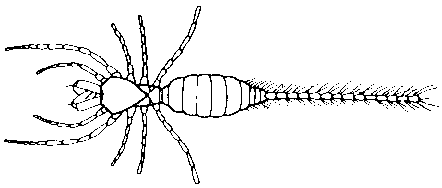Scorpions are easily recognizable, well-known animals which typically inhabit hot, dry parts of the world. They are carnivorous and catch their prey with the help of their pincer-like pedipalps and the sting.
|
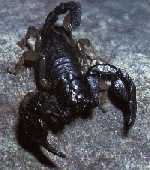
|
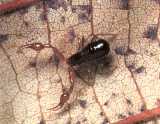
|
Pseudoscorpions are also easily recognizable but, being only about 2-4mm long, are easily overlooked; they inhabit moss, leaf litter and soil and some species live in association with man. They catch their prey with their pincer-like pedipalps which have venom in the tips.
|
|
The harvestmen have the two parts of the body broadly joined together so that it appears to be in just one piece. They have only two eyes. Most harvestmen feed on a wide variety of other arthropods and invertebrates like snails and earthworms.
|
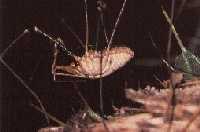
|
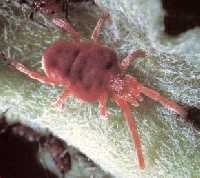
|
Mites and ticks also have the two parts of the body fused into one piece. They far outstrip all other arachnids in terms of numbers and many live in highly specialized habitats (e.g. bee tracheae). Whilst many damage crops and produce, or are parasites and spread disease to both plants and animals, others are of great economic importance in breaking down leaf-litter to produce humus.
|
|
Spiders are unique in having spinners, situated near the hind end of the abdomen, which produce silk. They have the body clearly divided into two pieces which are joined by a narrow stalk, the pedicel.
|
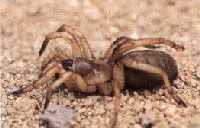
|
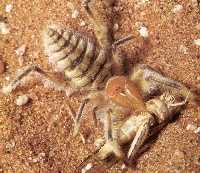
|
The sunspiders present both thorax and abdomen segmented and joined by a clear waist. The chelicerae are big and strong, formed by two segments with a grabbing function. They colonize the hot and dry areas of both hemispheres.
|






